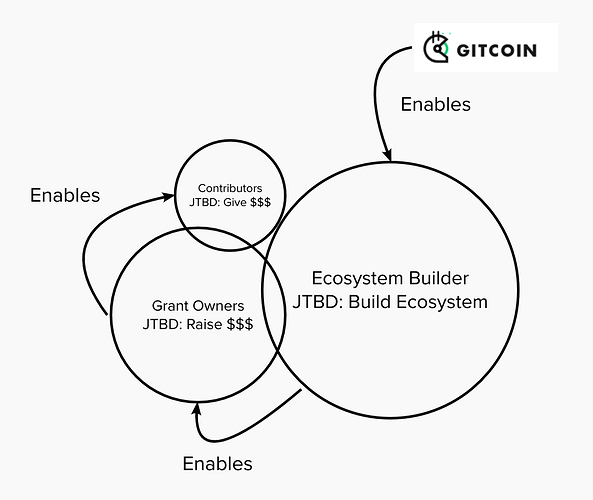Sometimes things click at the moment you least expect it.
This week, @lthrift, @nategosselin & @jonas and I were discussing product marketing. More specifically, we were debating when we should start hiring our first dedicated product marketer. I was advocating for delaying this search for a couple seasons to focus on building our brand, comms & content teams. Product marketing, I argued, could wait.
If you’d told me just a few years ago that I’d be arguing this, I would have laughed at you.
“Want to build a strong marketing team?” I would have advised, "HIRE PRODUCT MARKETING first! The job of product marketing, after all, is to deeply understand the organization’s audience and product and determine how to effectively communicate with this audience.
“You hire a product marketer first because they are the glue that allows the growth/data types to build perceptions in partnership with the design/creative types. And if they’re really good at what they do, they’re able to enable entire organizations to be more audience-centric ie to attract the RIGHT person. The customer who is less likely to churn. Who is more likely to be satisfied by the products & services the organization offers.”
The truth is, I lost sight of this a bit. In fact, Gitcoin is a textbook example of a company deeply in need of product marketing. We have a large, disparate audience and a complicated & hard-to-understand product suite. Here is a table of product marketing responsibilities (courtesy of Emily Kramer at MKT1):
| Responsibility | An audience-focused product marketer |
|---|---|
| Positioning & Messaging Framework | Determines the challenges your audience faces and how your product offers a solution |
| Product Features & Benefits | Describes how your product fits into the audience’s current workflows and improves them. |
| Liaison with Product Team | Provides audience insights to the product team and collaborate to make sure products you are marketing meet audience needs. |
| Liaison with Customer Facing Teams (Sales, Customer Success, Support) | Ensures the company deeply understands the full scope of the audience’s challenges and how the product fits into their lives/workflows. |
| Competitive Analysis | Maintains a side by side comparison explaining how competitors solve problems for your audience. |
| Audience Interviews | Asks questions about the audience’s entire workflow. |
| Audience Research & Persona Development | Creates a full profile of each company type and persona. (see template on other tab) |
| Product Launch Planning & Execution | Product launches are in service of a broader narrative of filling a specific audience need. |
| Pricing & Packaging | Create packages with an ideal customer personal within an audience segment in mind. |
| Sales Enablement Content | Creates content that shows how your product fits into the full-stack of tools your audience uses. |
| Content Roadmap Suggestions | Creates content that highlights a range of things your audience cares about. |
| Partner Marketing Strategy | Co-markets with companies that also serve your audience. |
| Customer Marketing Strategy | Uses customer advocates to tell broader stories. |
The alternative to building out a dedicated product marketing function is that other functions spend some of their time working on this area. For example, I worked directly with our product & engineering teams to launch polygon checkout and Aqueduct.
Because these launches were done in a very minimal way without an end-to-end strategy in place, it’s less likely that our audiences:
- heard the messages;
- comprehended the messages;
- acted on the messages & used the product;
- accomplished their goals in using the product, thereby using them again;
- became advocates for the product, thereby funneling people back to step 1.
Product marketers think about the full product lifecycle from an audience-focused perspective and they push the entire organization to listen more and serve their customers better. As we enter Season 14 budget planning, we should think strongly about investing in product marketing.
I look forward to working with @lthrift, @nategosselin and others to define the scope of this team. From our early conversations it sounds like outbound product marketing is the biggest need and we should likely look for a player-coach type who can start as an individual contributor and build a lean/mean team as we grow.
If this is you or you know someone who fits the bill, please reach out to me at sean@gitcoin.co
Appreciate any comments or encouragements from others as well!
Sean
